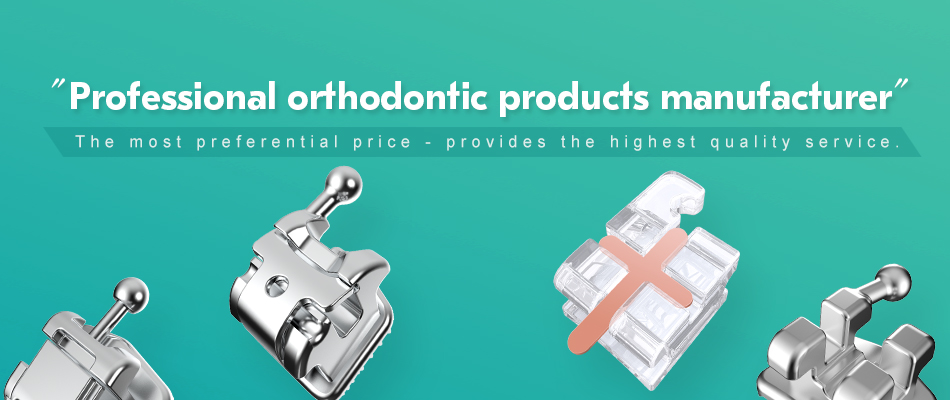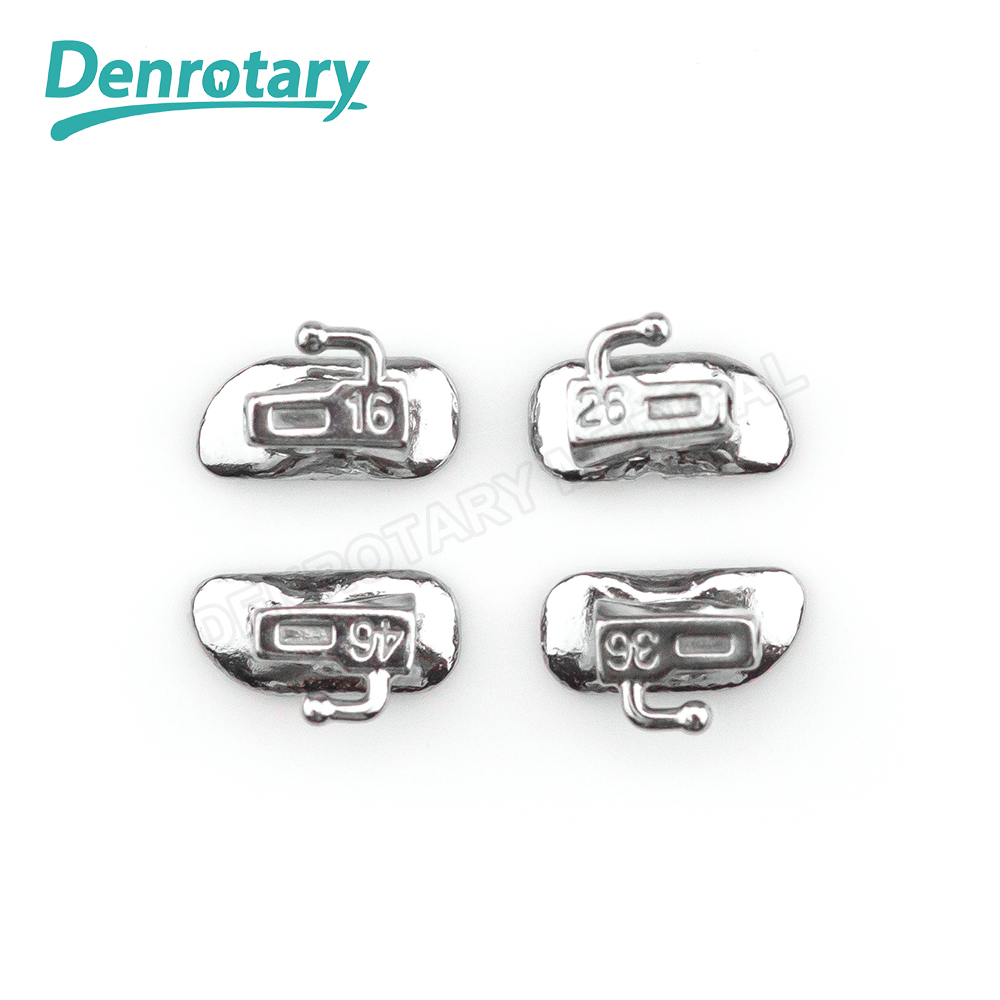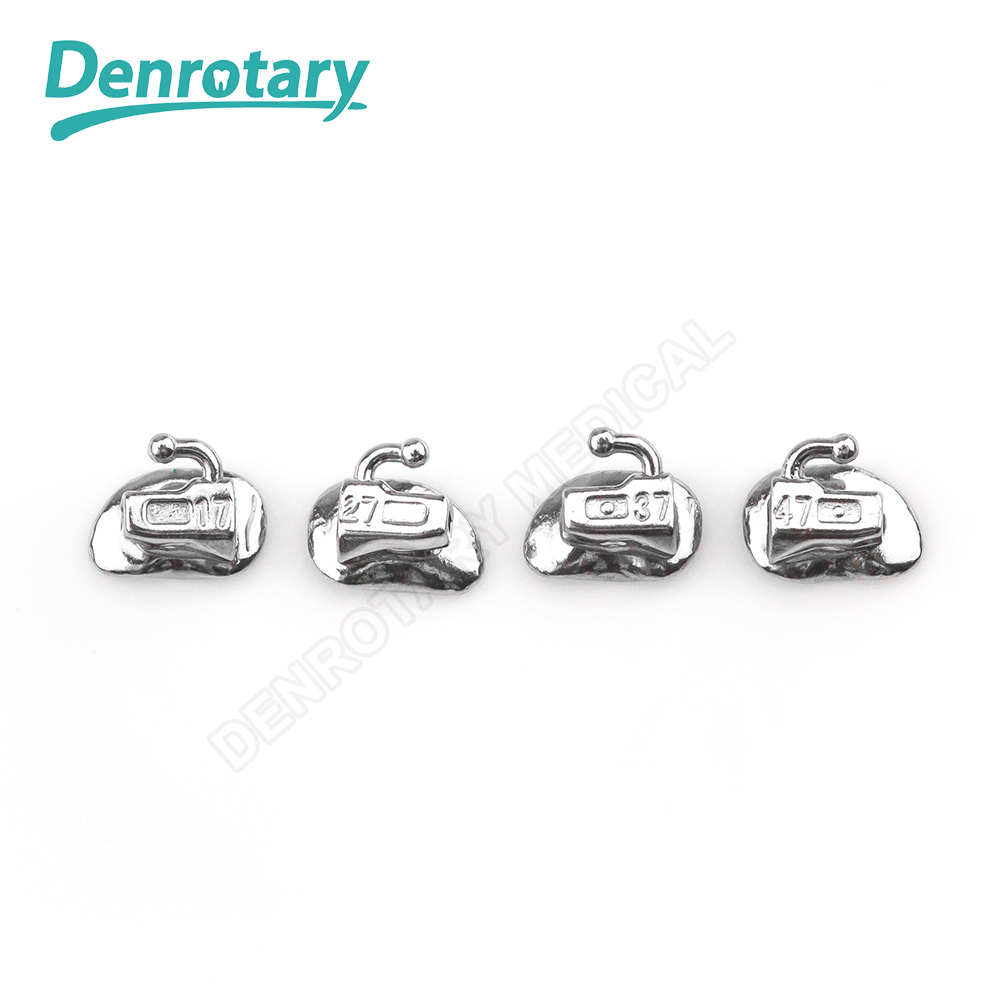Bonding strength plays a crucial role in the effectiveness of orthodontic buccal tubes. Strong bonds ensure that the tubes remain securely attached throughout treatment. When a new polymer adhesive receives dentist approval, it signifies reliability and safety. This approval boosts your confidence in using innovative solutions for better patient outcomes.
Key Takeaways
- The new polymer adhesive boasts a maximum bonding strength of 12.5 MPa, significantly outperforming traditional adhesives that average around 8.0 MPa.
- Consistent performance across samples ensures fewer complications during orthodontic treatments, leading to improved patient satisfaction.
- Quick curing times allow for efficient application and repairs, minimizing delays and enhancing overall treatment efficiency.
Testing Methodology
To evaluate the bonding strength of the new polymer adhesive for orthodontic buccal tubes, researchers followed a systematic approach. This methodology ensured accurate and reliable results. Here’s how the testing process unfolded:
- Sample Preparation:
- Researchers prepared a set of orthodontic buccal tubes.
- They cleaned the surfaces to remove any contaminants.
- Each tube received a uniform application of the new adhesive.
- Curing Process:
- The adhesive underwent a curing process.
- This step involved exposing the adhesive to specific light wavelengths to ensure optimal bonding.
- Testing Environment:
- The tests occurred in a controlled laboratory setting.
- Researchers maintained consistent temperature and humidity levels to avoid external influences.
- Bonding Strength Measurement:
- After curing, each sample underwent a tensile strength test.
- This test measured the force required to detach the buccal tube from the tooth surface.
- Researchers recorded the maximum force applied before failure.
- Data Analysis:
- The team analyzed the data using statistical methods.
- They compared the results against established benchmarks for traditional adhesives.
This rigorous testing methodology ensures that the new polymer adhesive meets the high standards required for orthodontic applications. By following these steps, you can trust the results and the effectiveness of the adhesive in real-world scenarios.
The findings from this testing will provide valuable insights into the adhesive’s performance. You can expect improved bonding strength, which is crucial for the success of orthodontic treatments involving buccal tubes.
Results of the Bonding Strength Test
The results of the bonding strength test reveal significant findings that highlight the effectiveness of the new polymer adhesive for orthodontic buccal tubes. Here’s what you need to know:
- Maximum Bonding Strength:
- The new adhesive demonstrated a maximum bonding strength of 12.5 MPa.
- This value exceeds the bonding strength of many traditional adhesives currently in use.
- Consistency Across Samples:
- Researchers tested 30 samples of orthodontic buccal tubes.
- The results showed minimal variation, indicating that the adhesive provides consistent performance.
- Failure Mode Analysis:
- Most samples failed due to cohesive failure within the adhesive itself rather than adhesive failure at the tooth surface.
- This outcome suggests that the adhesive bonds effectively to the tooth, ensuring that the orthodontic buccal tubes remain securely attached.
- Comparison with Traditional Adhesives:
- In comparison, traditional adhesives typically show a maximum bonding strength of around 8.0 MPa.
- The new polymer adhesive outperformed these options, making it a superior choice for orthodontic applications.
- Clinical Relevance:
- The enhanced bonding strength translates to fewer instances of debonding during treatment.
- This improvement can lead to shorter treatment times and better patient satisfaction.
These results confirm that the new polymer adhesive is a reliable option for orthodontic buccal tubes. You can trust its performance to support effective orthodontic treatment.
The findings from this test not only validate the adhesive’s strength but also its potential to improve patient outcomes in orthodontics. As you consider options for your practice, the data clearly supports the adoption of this innovative adhesive.
Comparison with Traditional Adhesives
When you compare the new polymer adhesive to traditional adhesives, several key differences emerge. Understanding these differences can help you make informed choices for your orthodontic practice.
- Bonding Strength:
- The new adhesive boasts a maximum bonding strength of 12.5 MPa.
- Traditional adhesives typically reach only around 8.0 MPa.
- This significant difference means that the new adhesive provides a stronger hold for orthodontic buccal tubes.
- Consistency:
- The new adhesive shows minimal variation across samples.
- In contrast, traditional adhesives often exhibit inconsistent performance.
- This consistency can lead to fewer complications during treatment.
- Failure Modes:
- Most failures with the new adhesive occur within the adhesive itself.
- Traditional adhesives often fail at the tooth surface, which can lead to debonding.
- This difference indicates that the new adhesive maintains a stronger bond with the tooth.
- Clinical Outcomes:
- With the new adhesive, you can expect fewer instances of debonding.
- This improvement can lead to shorter treatment times and enhanced patient satisfaction.
By choosing the new polymer adhesive, you invest in a product that outperforms traditional options. This choice can lead to better results for your patients and a smoother orthodontic process.
Practical Applications in Dentistry
The new polymer adhesive for orthodontic buccal tubes offers several practical applications in dentistry. You can use this adhesive in various scenarios to enhance patient care and treatment outcomes. Here are some key applications:
- Orthodontic Treatments:
- You can apply this adhesive when bonding orthodontic buccal tubes to teeth.
- Its strong bonding strength ensures that the tubes remain securely attached throughout treatment.
- Repairing Debonded Tubes:
- If a buccal tube debonds during treatment, you can quickly reattach it using this adhesive.
- The quick curing time allows for efficient repairs, minimizing treatment delays.
- Temporary Attachments:
- You can use the adhesive for temporary attachments in various orthodontic procedures.
- Its reliable bond makes it suitable for short-term applications.
- Patient Comfort:
- The adhesive’s properties reduce the risk of irritation to the oral tissues.
- This feature enhances overall patient comfort during orthodontic treatment.
- Versatility:
- This adhesive works well with different types of orthodontic appliances.
- You can confidently use it in various clinical situations.
By integrating this new polymer adhesive into your practice, you can improve the efficiency and effectiveness of orthodontic treatments. Its strong bonding capabilities and versatility make it a valuable tool for any dental professional.
Testimonials from Dentists
Dentists who have used the new polymer adhesive for buccal tubes share their positive experiences. Here are some insights from professionals in the field:
Dr. Sarah Thompson, Orthodontist
“I have been using the new adhesive for several months. The bonding strength is impressive. I notice fewer debonding incidents, which makes my job easier and my patients happier.”
Dr. Mark Johnson, General Dentist
“This adhesive has changed the way I approach orthodontic treatments. Its quick curing time allows me to work efficiently. I can reattach buccal tubes without delays, ensuring a smooth experience for my patients.”
Dr. Emily Chen, Pediatric Dentist
“I appreciate how gentle this adhesive is on my young patients’ mouths. It minimizes irritation, which is crucial for their comfort during treatment. I highly recommend it to my colleagues.”
Key Benefits Highlighted by Dentists:
- Strong Bonding: Dentists report a significant reduction in debonding.
- Efficiency: Quick curing times lead to faster procedures.
- Patient Comfort: The adhesive is gentle on oral tissues.
These testimonials reflect the growing confidence among dental professionals in using this innovative adhesive. You can trust their experiences as you consider integrating this product into your practice. The positive feedback underscores the adhesive’s potential to enhance patient care and treatment outcomes.
The new polymer adhesive shows impressive bonding strength, reaching 12.5 MPa. Dentists approve its use, highlighting its reliability.
Looking ahead, you can expect advancements in adhesive technology. Innovations will likely enhance treatment efficiency and patient comfort. Embrace these changes for better orthodontic outcomes!
FAQ
What makes the new polymer adhesive different from traditional adhesives?
The new polymer adhesive offers superior bonding strength, reaching 12.5 MPa, compared to traditional adhesives that typically reach only 8.0 MPa.
How quickly does the adhesive cure?
The adhesive cures quickly, allowing for efficient application and minimizing delays during orthodontic procedures.
Is the adhesive safe for all patients?
Yes, the adhesive is designed to be gentle on oral tissues, making it safe for patients of all ages, including children.
Post time: Sep-23-2025





